Warning! If you’re caught with a metallic, or nonmetallic weapon in a non-permissive environment, the consequences may be severe. RECOIL OFFGRID assumes no responsibility for these consequences. Observe all local laws and only carry these weapons at your own risk.
Non-permissive environments (NPEs) are a common roadblock for those of us who carry weapons for self-defense. This category includes any environment which attempts to restrict or prohibit you from carrying traditional weapons — for example, guns, knives, or even pepper spray. Of course, the actual enforcement of these restrictions varies wildly. Some may simply post a worthless “gun free zone” sign, others will threaten legal action against anyone seen with a weapon, and a few actively search every individual with pat downs and/or metal detectors. The final category is the most difficult to deal with and leads us to the subject of this article.
Keep in mind that carrying a weapon in any NPE is risky at best and a federal felony at worst. Either way, willful disregard of posted regulations isn’t a decision to be taken lightly. However, there are also countless examples that prove NPEs aren’t violence-free zones. Schools, movie theaters, public festivals, and political events are all examples of legally declared NPEs where active-killer events have occurred. We say all that to say this: break the rules at your own peril, but the consequences of being unable to defend yourself may be far more serious than getting caught with a prohibited item and asked to leave. Even if you’re already training in hand-to-hand skills, a concealed weapon can serve as a force multiplier to give you the advantage you need to survive.
Nonmetallic blades and spikes are harder to detect than their steel counterparts, whether you’re being searched by a security guard who’s just doing his job or a criminal who’s attempting to ensure you’re disarmed and vulnerable. Not every tool in this article is fully nonmetallic, and you should never assume they’re undetectable. We attempted to locate each using a cheap $30 metal detector wand from Amazon — those that failed this test are guaranteed to be noticeable to professional-grade equipment. Beyond this, many will show up on a full-body scan, and all can be found during a thorough pat down or strip search.
That said, these weapons offer a lightweight and highly concealable means of self-defense — either as a backup to your primary tools under normal circumstances, or as a stand-alone tool for non-permissive environments.
Bastion Carbon Fiber EDC Knife
OAL: 5.3 inches
Weight: 0.3 ounce / 1.2 ounces with sheath and chain
Metal Detector Test: Fail
MSRP: $30
URL: bastiongear.com
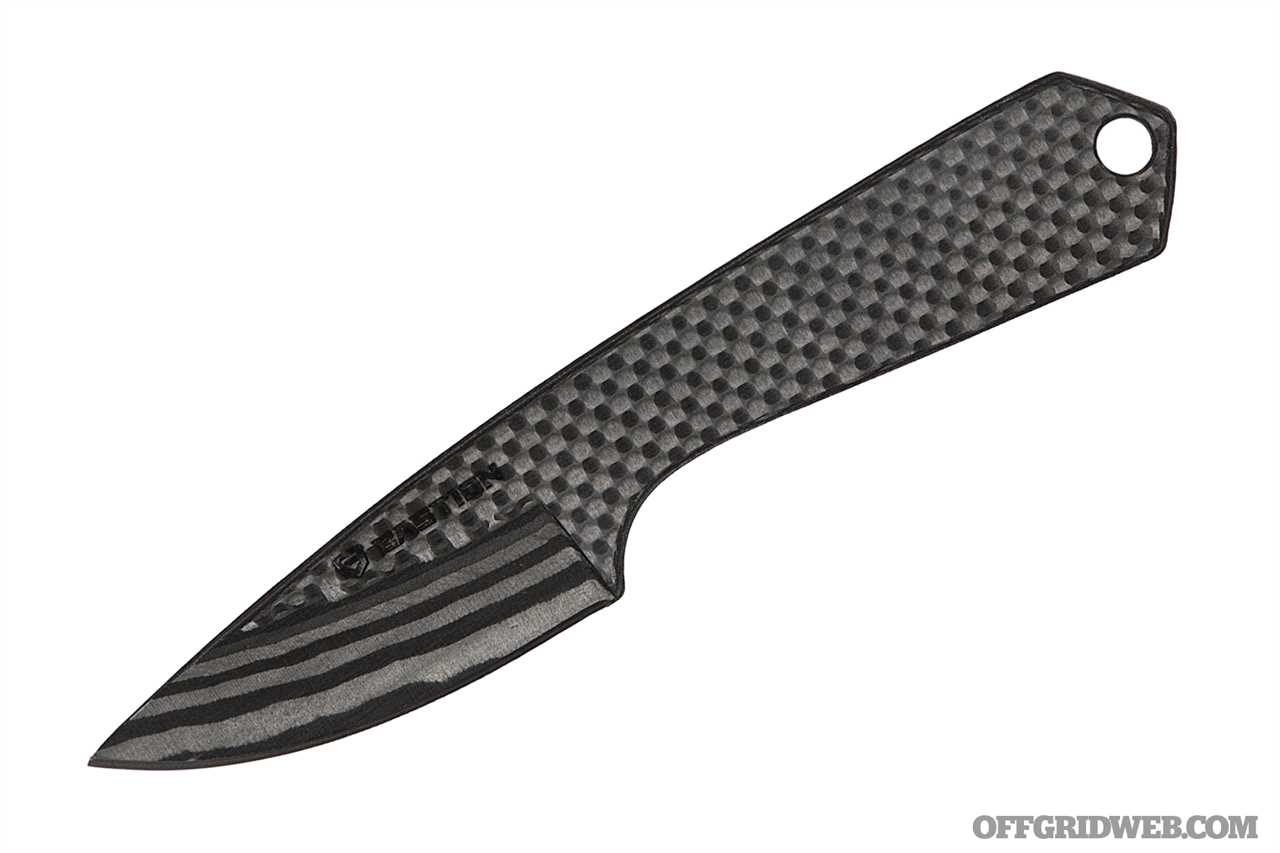
Although carbon fiber is often used for decoration, this lightweight material originated as a structural composite for the aerospace industry. It has plenty of strength and flexibility to cut and pierce and holds an edge surprisingly well. This simple knife is constructed from solid 1/8-inch-thick carbon fiber with a drop point and straight handle. A similar model is available with a curved handle and finger grooves. A Kydex sheath and beaded chain are included, making this featherweight blade comfortable to wear around the neck, even while running.
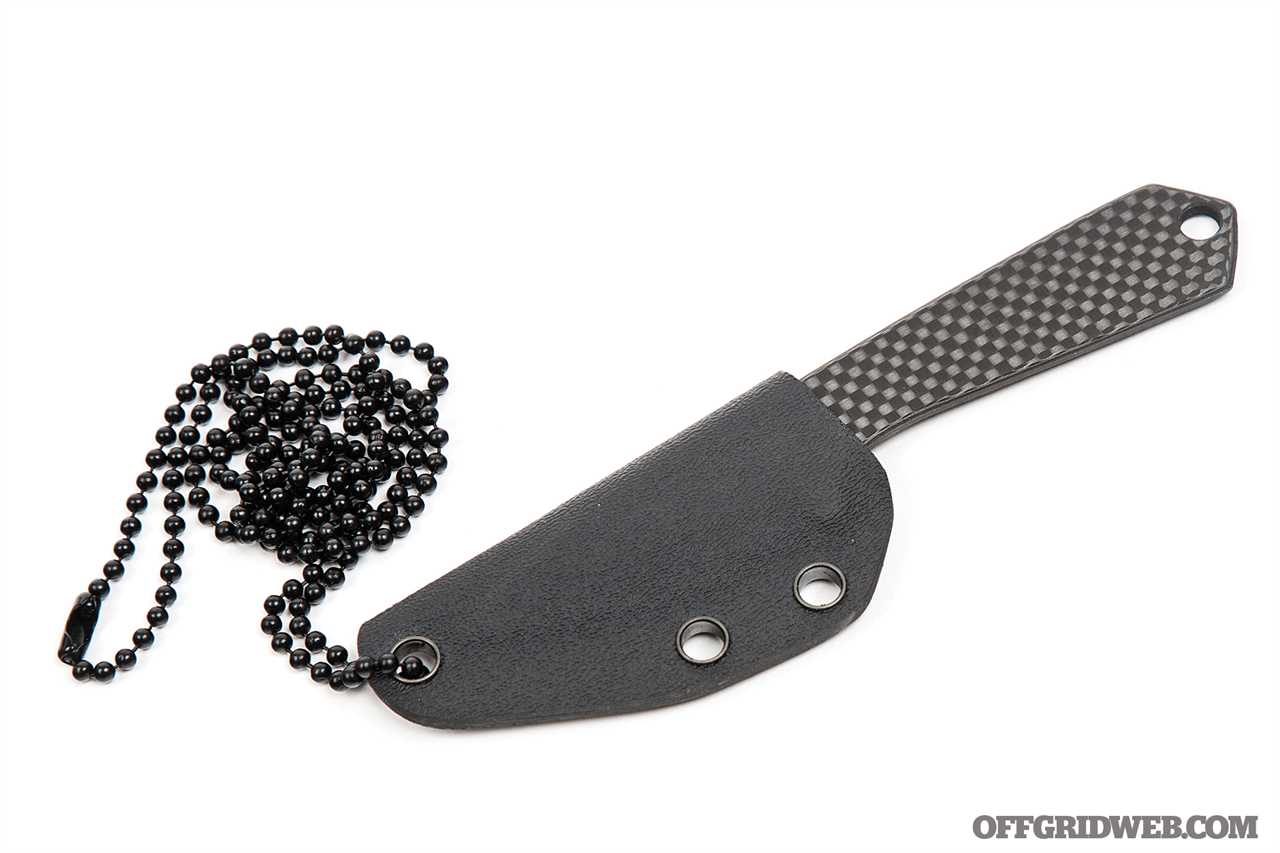
Pros:
- Impressive materials and finish for the money
- The shiny weave and marbled grind look good, and also result in impressive strength.
Cons:
- Won’t pass metal detectors — despite common misconceptions, carbon fiber is identifiable by common eddy-current metal detectors because it disturbs an electromagnetic field.
Kopis Designs El Valiente Nonmetallic Minipick
OAL: 6.2 inches
Weight: 1.1 ounces / 1.4 ounces with sheath and cord
Metal Detector Test: Pass
MSRP: $125
URL: kopisdesigns.com
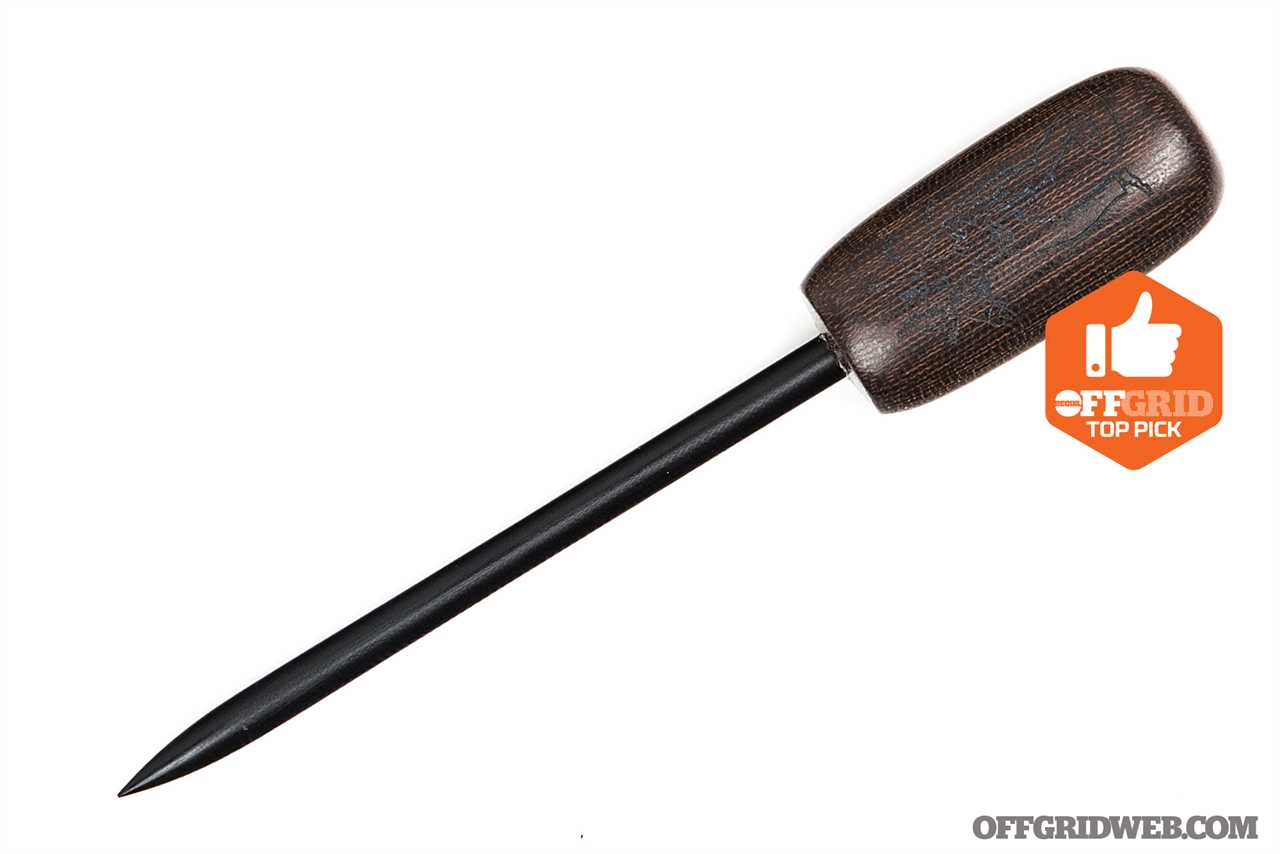
El Valiente — Spanish for “the brave man” — is a reference to a card used in Lotería, a centuries-old game of chance. The image engraved into the handle of each spike is a spin on this classic illustration of a hatless man holding a blade, and it’s one you’ll find on Kopis Designs’ collaborations with Ed Calderon. Various El Valiente picks are available, including solid steel, hollow “ventilators,” and nonmetallic polymer. They can be ordered in several sizes and colors — we tested the nonmetallic Minipick with canvas Micarta handle.
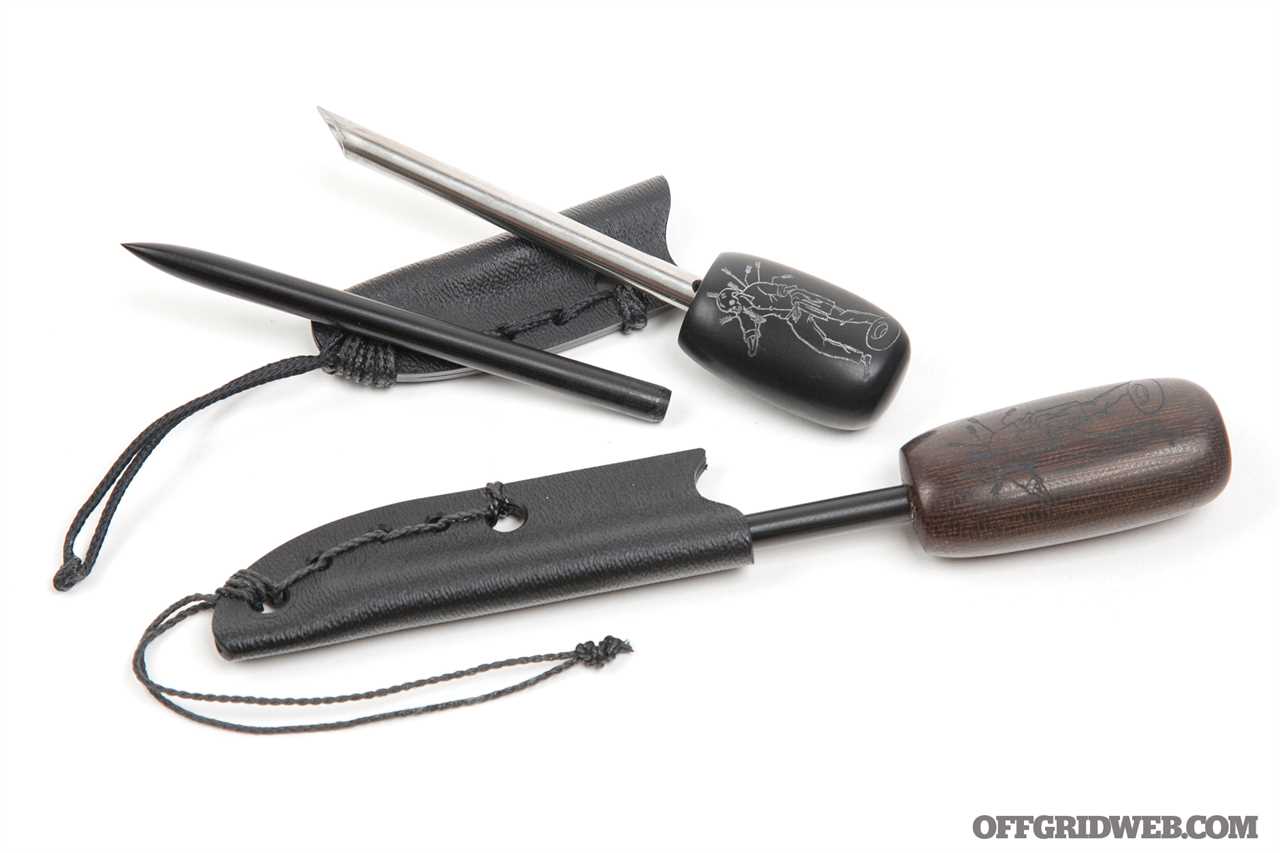
Pros:
- Despite its smooth finish, the oblong handle offers a surprisingly secure grip.
- Low-profile sheath includes retention cord and a hook to catch on pocket hems
- Available in numerous sizes, styles, and materials
Cons:
- Made in small batches, so if you want one, you’ll need to be patient and keep an eye out for availability.
GLG Knifeworks Lumber Crayon
OAL: 6.8 inches
Weight: 0.8 ounce
Metal Detector Test: Pass
MSRP: $25
URL: glgknifeworks.com
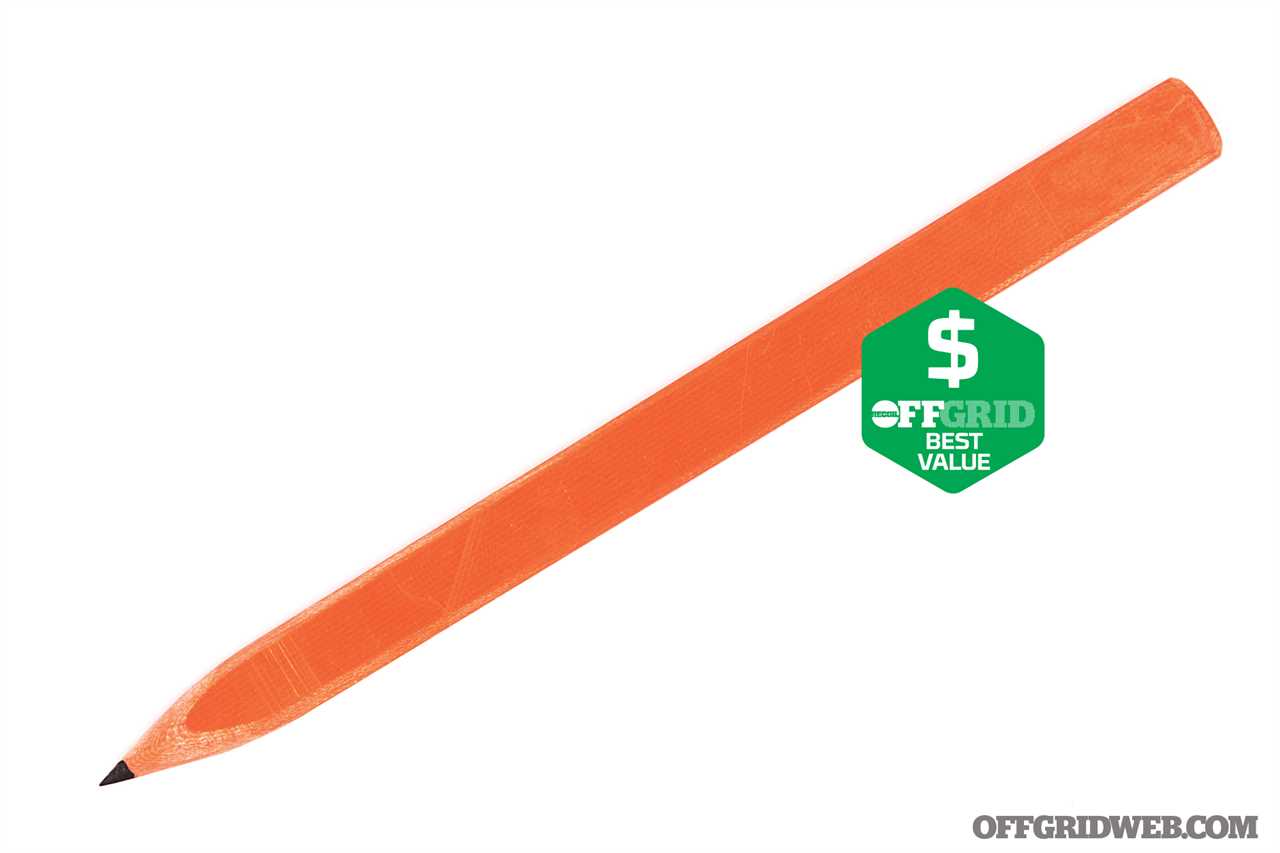
Concealment doesn’t necessarily mean hiding your weapon from view. In some cases, you can hide it in plain sight. A sharp writing instrument makes a decent improvised weapon, but wood and graphite lack the strength to withstand multiple hard impacts. The fiber-reinforced polymer known as G10, however, is exceedingly durable. The GLG Lumber Crayon resembles a pencil, but it’s actually solid G10 with a stained “lead” in the middle. Jon Gray, the maker, suggests slipping it behind your ear or under a ball cap — a clever way to keep this tool accessible at a moment’s notice.
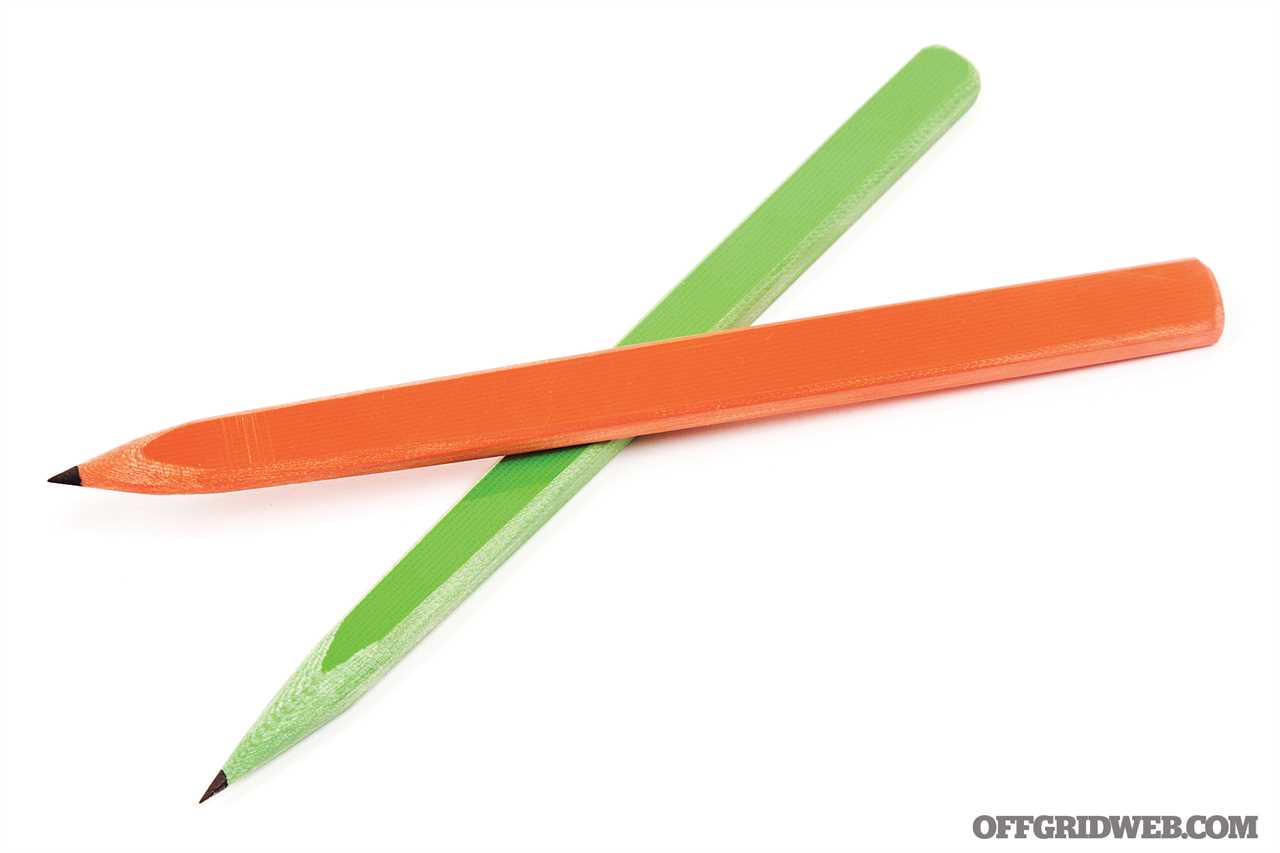
Pros:
- Completely nonmetallic construction and slim shape make it exceptionally easy to conceal
- Even when it’s carried openly, its innocuous appearance won’t draw attention in many environments.
Cons:
- While it’ll easily pass visual inspection, anyone who tests its writing ability will instantly realize it’s not what it seems.
JB Knife & Tool G10 Ice Pik
OAL: 6.9 inches
Weight: 0.7 ounce / 1.2 ounces with sheath and cord
Metal Detector Test: Pass
MSRP: $40
URL: jbknifeandtool.com
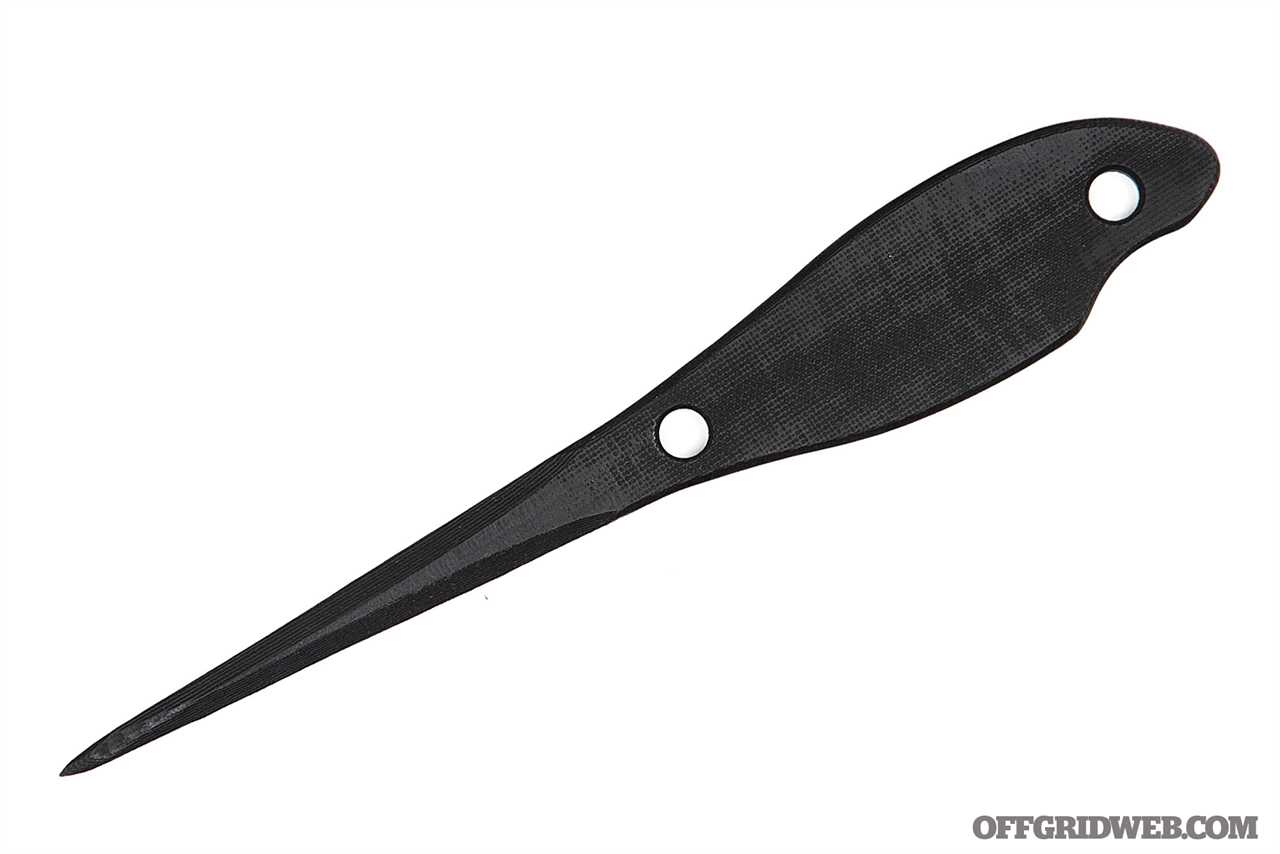
Contributing writer and weaponologist Ed Calderon introduced us to several makers featured in this article, including JB Knife & Tool. John and Brian make a wide range of defense-oriented blades — the Ice Pik is one of the simplest, but not at the expense of effectiveness. It’s available in steel with a variety of options, as well as this solid G10 configuration. The flared handle features a notch that indexes with the forefinger for a secure grip. The tool gradually tapers to a sharp point and includes a Kydex sheath.
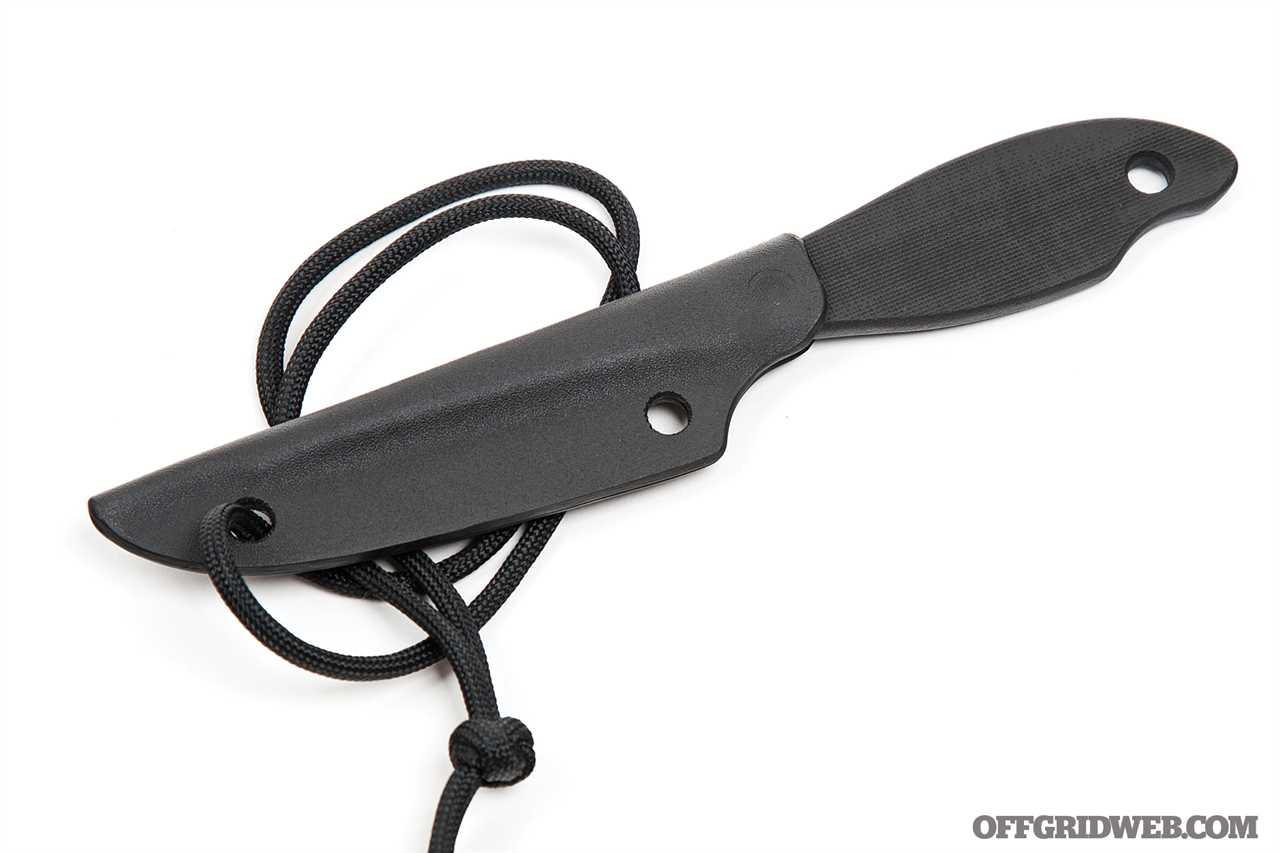
Pros:
- Long spike pierces deeply and effortlessly.
- Kydex sheath has nice retention and doesn’t occupy much space.
- Also available in O1 tool steel with various options
Cons:
- The handle shape works well considering how thin it is, but would be more comfortable and secure with a little added thickness or texture.
Greg Moffatt Knives MG1 Solid G10
OAL: 7 inches
Weight: 1.8 ounces with sheath and cord
Metal Detector Test: Pass
MSRP: $60
URL: gregmoffattknives.com
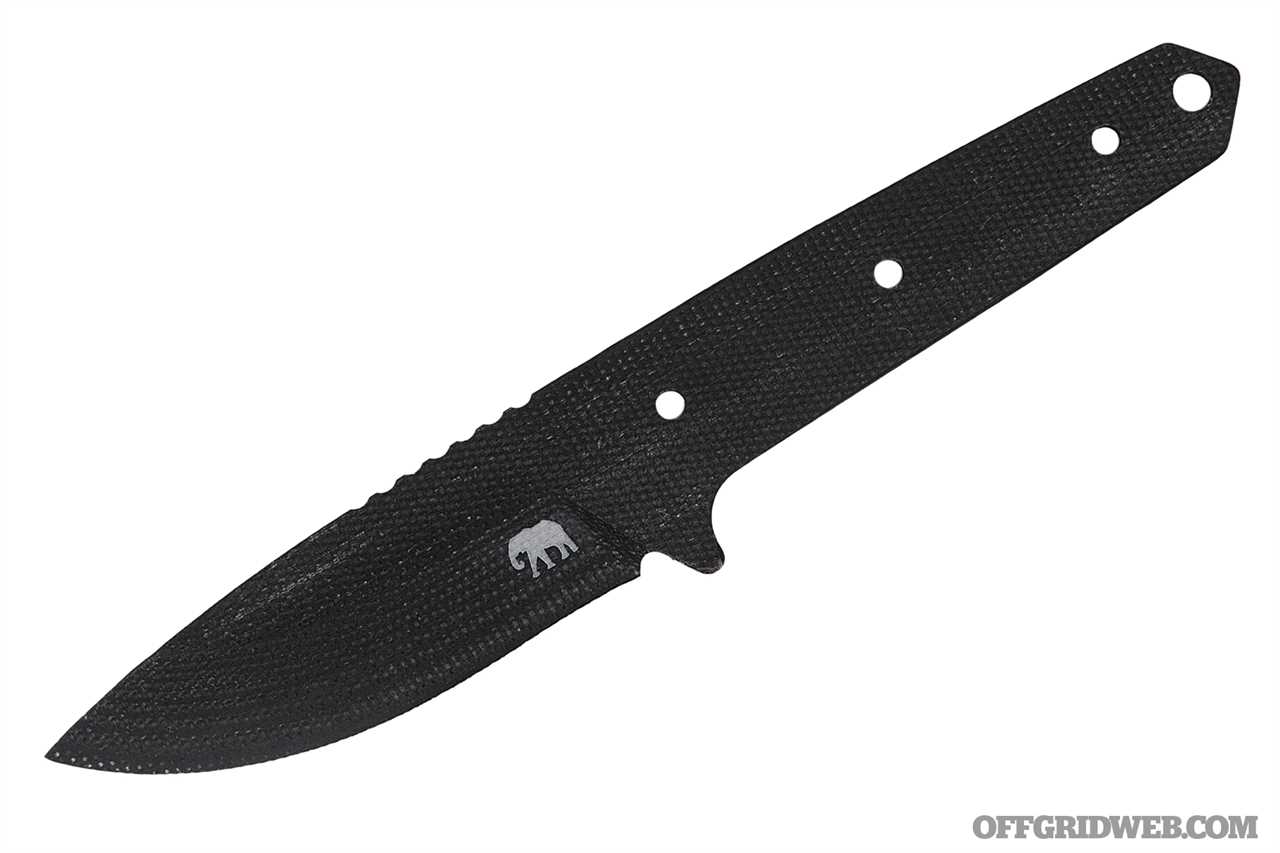
Greg Moffatt is a classically trained furniture maker who first got into knife making to create his own woodworking tools. Today, he makes quite a few defense-oriented blades, and this one is particularly concealable thanks to its G10 construction. It features a classic drop-point shape with a slender hollow grind. The handle is comfortable and offers full four-finger grip as well as thumb jimping for additional control. Wrapping the handle in thin cord would improve it even further, especially in wet conditions — fortunately, it’s pre-drilled to make this an easy mod.
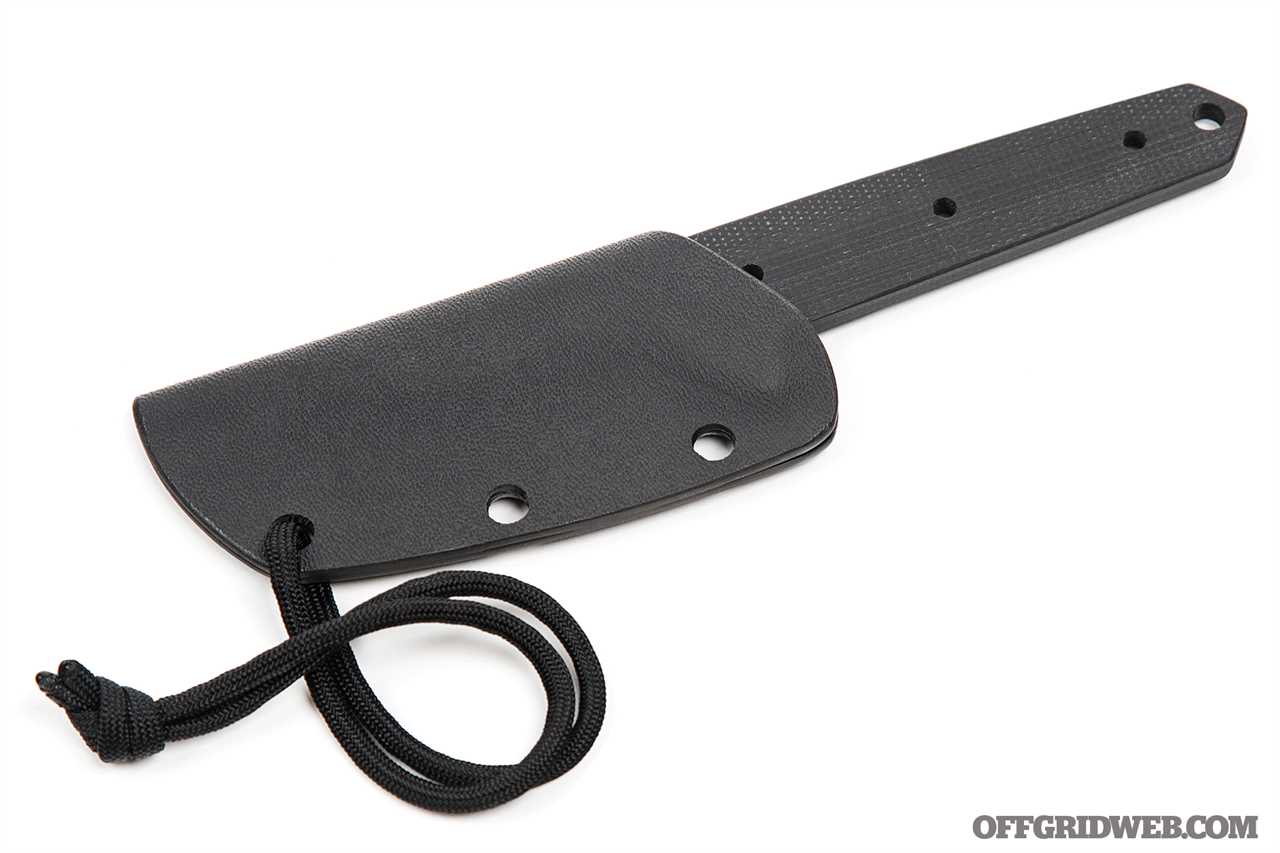
Pros:
- Nice craftsmanship, from the clean hollow grind to the secure sheath
- Timeless drop-point shape makes it effective for slicing as well as piercing.
Cons:
- With polymer blades, there’s always a compromise between sharpness and durability. The ultra-thin grind means this will most likely be a one-time-use item, rather than one you can re-sharpen.
Boker Plus Anti-Grav
OAL: 7.6 inches
Weight: 2 ounces
Metal Detector Test: Fail
MSRP: $114
URL: bokerusa.com
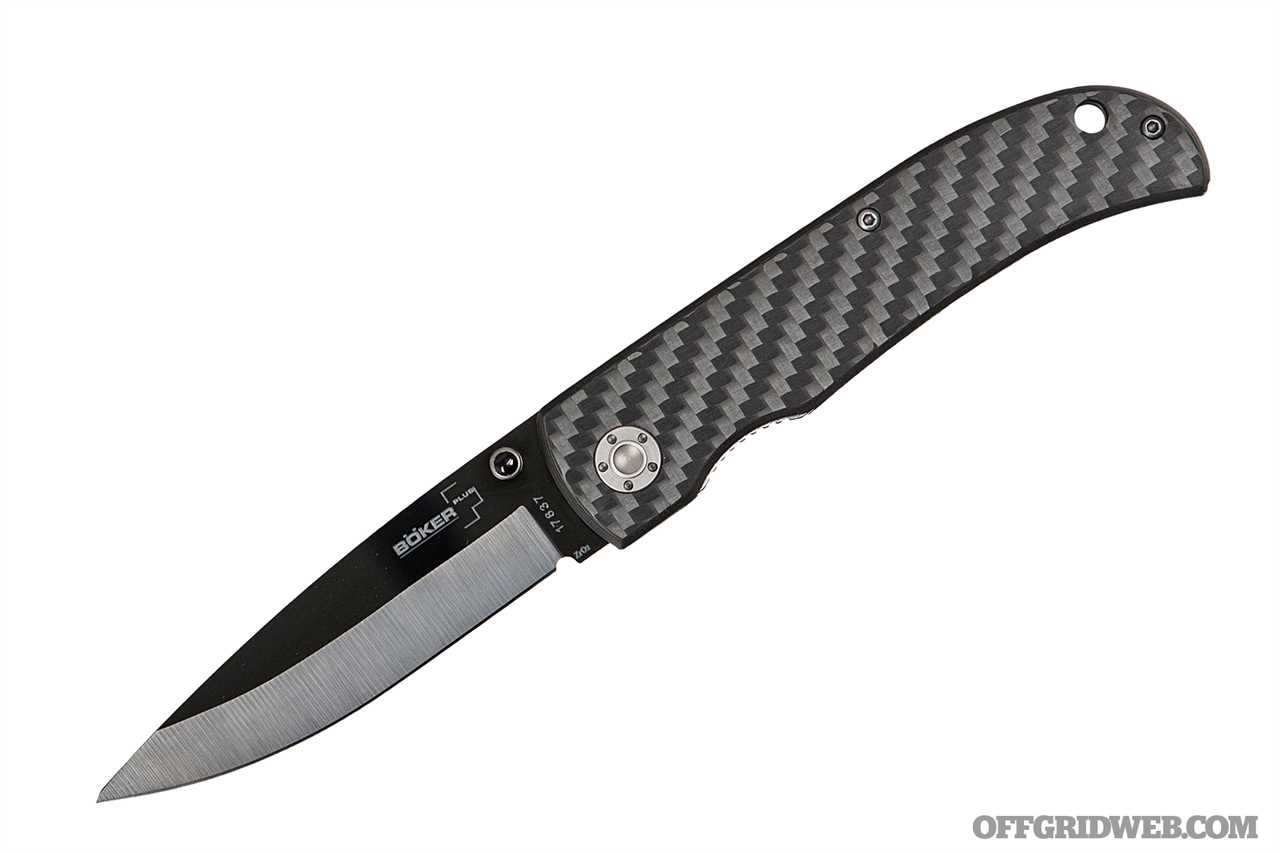
Boker describes this ceramic blade as “100% non-magnetic” — an accurate but misleading statement. While the blade itself isn’t magnetic, the liner lock, pocket clip, pivot, thumb studs, and screws certainly are. Between this and the aforementioned issue with carbon fiber, the Anti-Grav lights up a metal detector like a Christmas tree. As the name indicates, these materials are used to minimize weight rather than increase concealability. The result is an elegant and impressive knife, but one we didn’t find particularly practical.
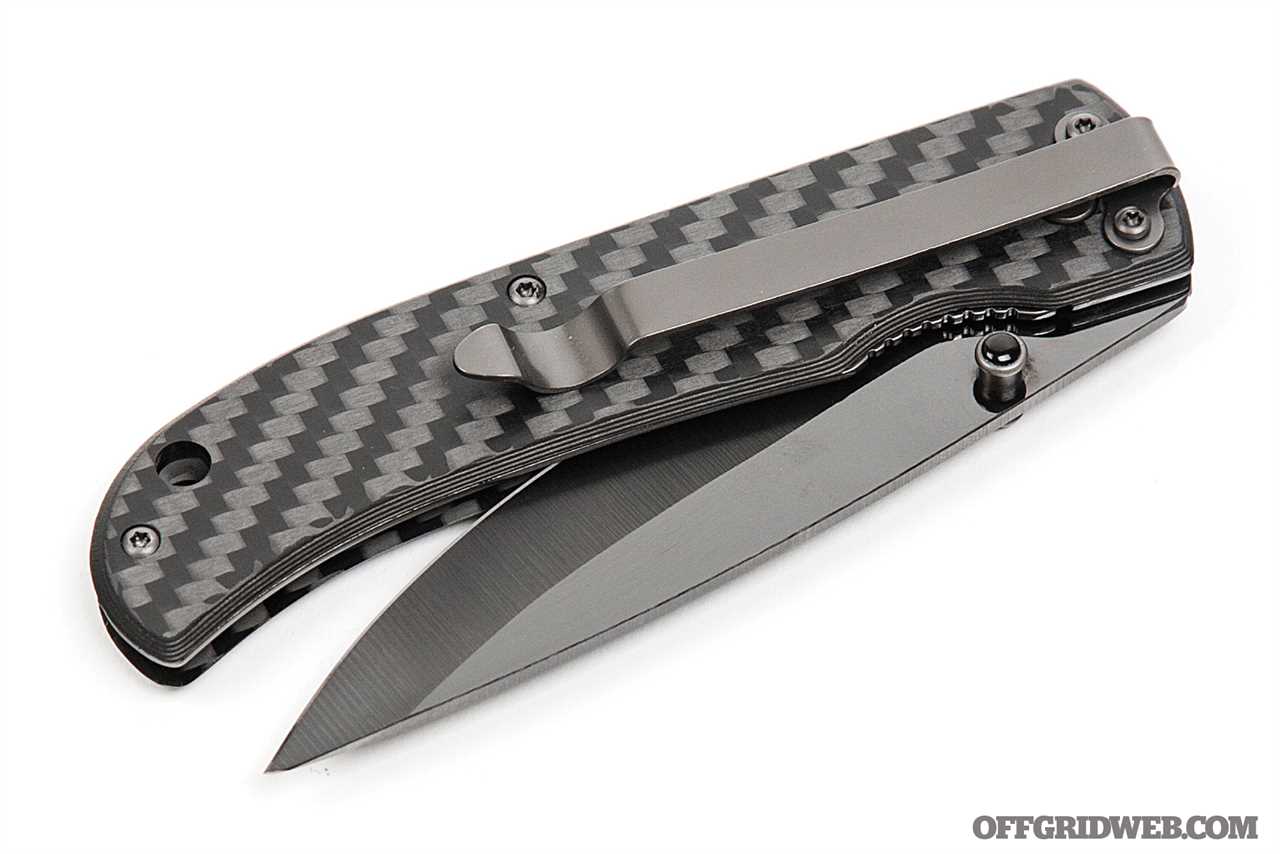
Pros:
- The mirror-finished ceramic blade is beautiful and razor-sharp.
- Extremely slim and lightweight
Cons:
- Definitely won’t pass a metal detector as a result of its many steel parts
- Ceramic is notoriously prone to chipping and difficult to sharpen.
- Fixed pocket clip is only suitable for tip-down right-handed carry.
VZ Grips Don Dagger
OAL: 8.1 inches
Weight: 1.4 ounces / 3.2 ounces with leather sheath
Metal Detector Test: Pass
MSRP: $70 (+$10 for the sheath)
URL: vzgrips.com
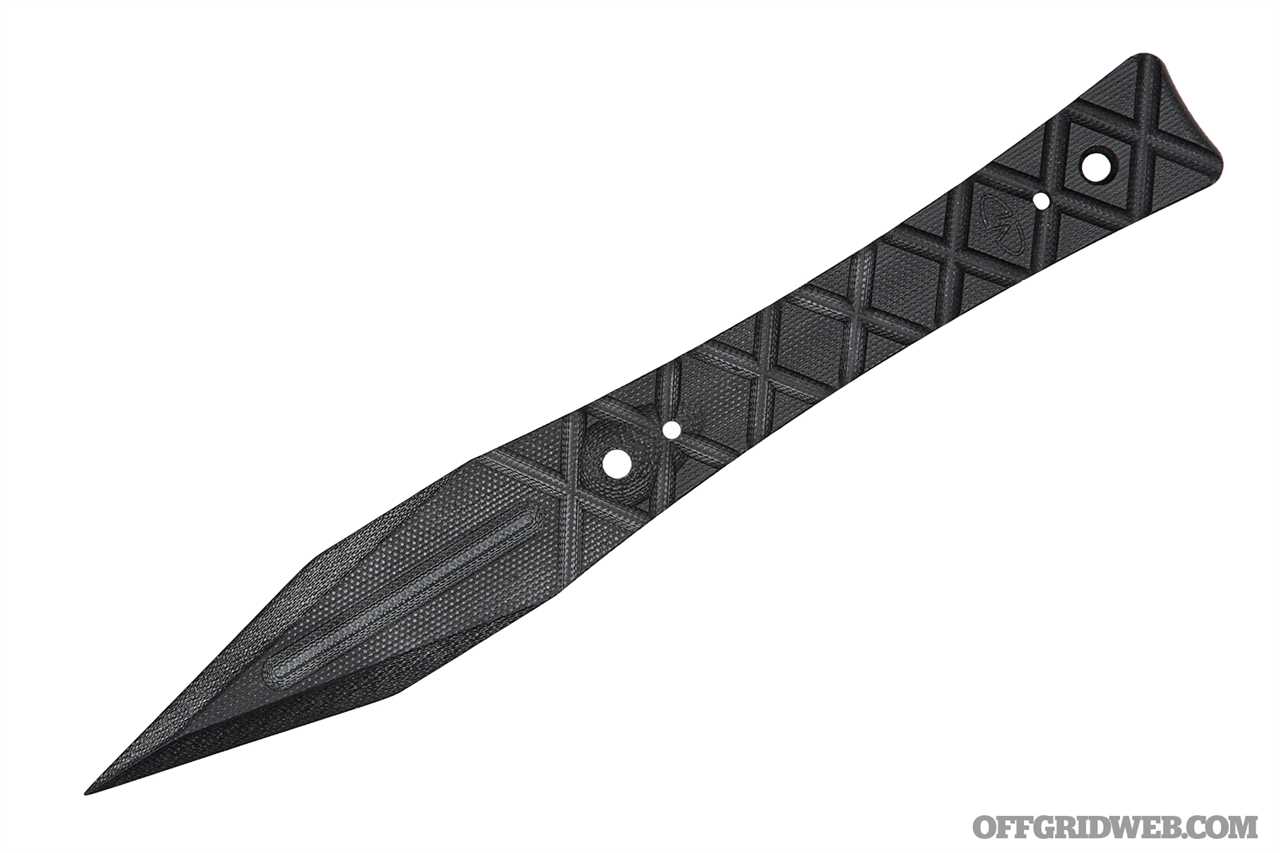
It’s not surprising that a company known for its G10 gun grips would try its hand at making knives from the same material. VZ Grips offers several polymer dagger designs; the Don Dagger is a midsized option between the large Diamante and small Discrete. Its hourglass-shaped handle features deep textured cuts that ensure it won’t slip in your hand, plus a flat spot at the end for your thumb. The leather sheath design seen here has been discontinued and replaced with an updated design, which attaches to a belt vertically or horizontally ($10 with purchase of a knife).
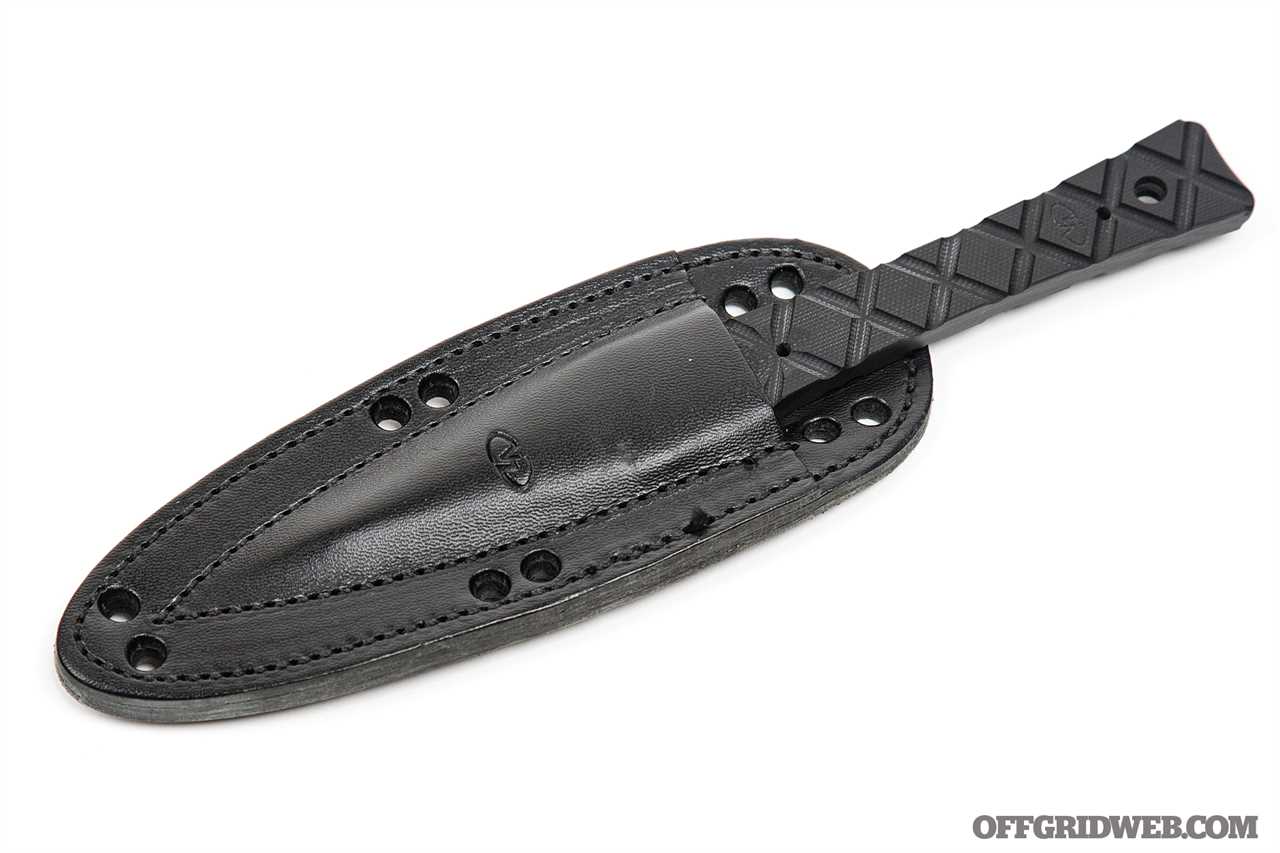
Pros:
- Rugged handle texture eliminates any doubts about grip slipping.
- The diamond-shaped arrowhead point is very tough.
Cons:
- Large size makes it difficult to conceal — G10 might make it past a metal detector, but not if the handle is obviously printing through your clothes.
Read More
Subscribe to Recoil Offgrid's free newsletter for updates, offers, and more.
The post Pocket Preps: Nonmetallic Weapons appeared first on RECOIL OFFGRID.
By: Patrick McCarthy
Title: Pocket Preps: Nonmetallic Weapons
Sourced From: www.offgridweb.com/gear/pocket-preps-nonmetallic-weapons/
Published Date: Sat, 16 Dec 2023 12:00:36 +0000
------------------------
Did you miss our previous article...
https://bushcrafttips.com/bushcraft-news/are-tasers-legal-in-new-york-what-you-should-know
 What is BushcraftSurvival SkillsToolsVideosBushcraft CampsBushcraft KitsBushcraft ProjectsPrivacy PolicyTerms And Conditions
What is BushcraftSurvival SkillsToolsVideosBushcraft CampsBushcraft KitsBushcraft ProjectsPrivacy PolicyTerms And Conditions
